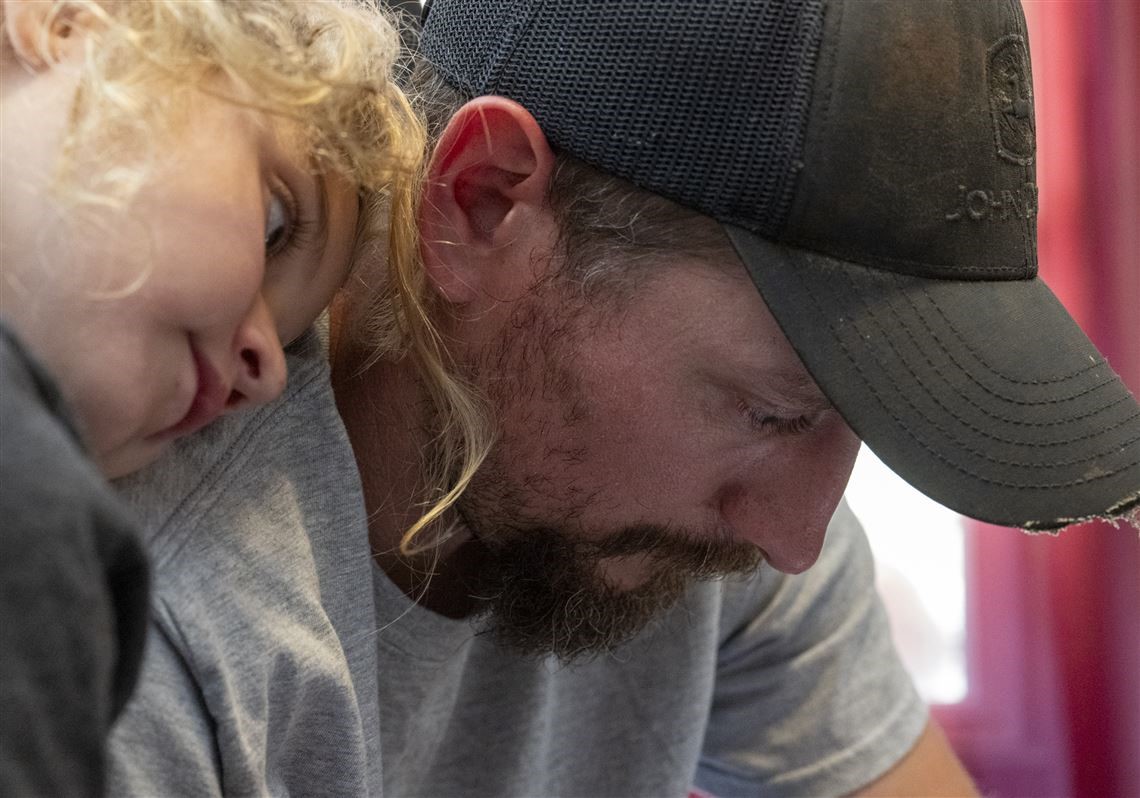Silica Dust Levels in Coal Mines Were Concealed For Years While Black Lung Cases Surged
As of 2018, one in five central Appalachian miners who had worked at least 25 years were found with the disease, according to a study
MICHAEL KORSH OF THE PITTSBURGH POST-GAZETTE AND PHILLIP POWELL AND YIQING WANG OF THE MEDILL INVESTIGATIVE LAB
JUL 21, 2024
4:30 AM
As the giant machines churned through the deep rock, coal miner Kevin Weikle found a way to conceal the toxic dust that bombarded his lungs for hours at a time.
He stuffed the portable air monitor that he was required to wear deep inside his overalls each shift.
Though he and his fellow workers managed to hide the dangerous levels of dust from federal inspectors for years, he couldn’t protect himself.
The 35-year-old father of two young children is now ravaged by the very toxins that he had been concealing all those years in the mines of West Virginia.
He is among the new generation of underground workers who have been inflicted with a virulent form of black lung, an irreversible disease caused by breathing in the silica dust that kicks up inside some of the oldest manmade caverns in the country.
Since his diagnosis a year ago, his breathing has worsened. He can no longer sleep lying flat on his back or he will wake up choking. He struggles to walk short distances and carry out some of the most basic tasks in life.
On some days, “it’s like a ticking time bomb,” he said.
For decades, miners have come down with the disease after inhaling coal dust. But as the layers of coal became thinner, young workers were forced to dig deeper into quartz rock, which generates the silica dust — a carcinogen that has led to the most dangerous spike of black lung in more than a generation.
As of 2018, one in five central Appalachian miners who had worked at least 25 years were found with the disease, according to a study by the National Institute for Occupational Safety and Health.
The region’s miners are eight times more likely to die from the illness than anyone else in the country, the agency says.
Earlier this year, a long-awaited protection was put in place by federal regulators to cut in half the amount of silica dust that miners can be exposed to during a shift — a critical reform that safety experts say could save hundreds of lives.
But veterans like Mr. Weikle say the biggest challenge over the next year will be enforcing those protections.
Click here for the full article in pdf format as cited below.
Deputy Managing Editor for Investigations Michael Sallah contributed to this report.
Michael Korsh:[email protected]
First Published: July 21, 2024, 4:30 a.m. Updated: July 22, 2024, 4:56 a.m.



